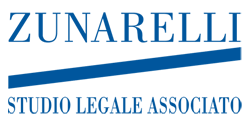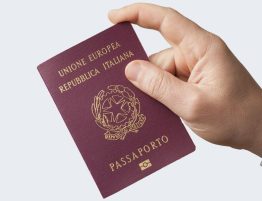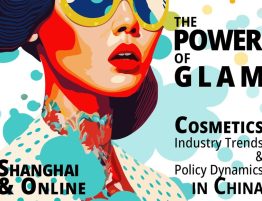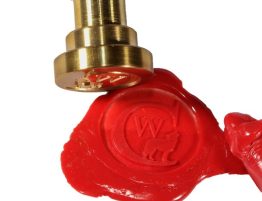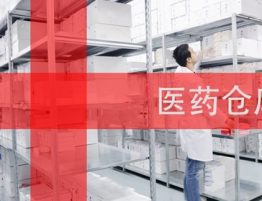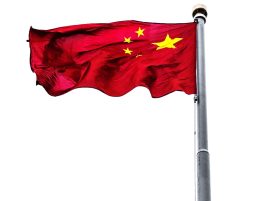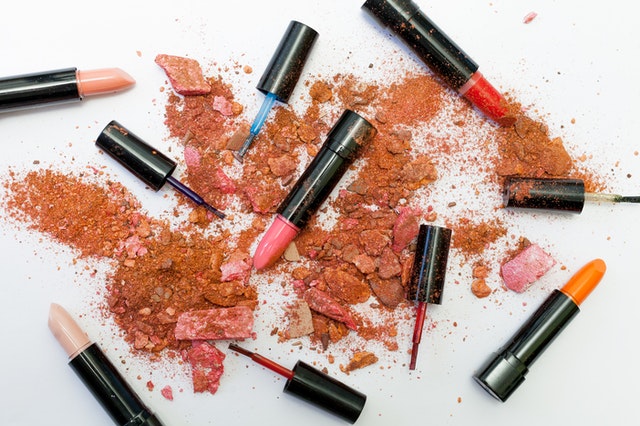
In June of the last year, the State Council of the People’s Republic of China issued the “Regulation on the Supervision and Administration of Cosmetics” (hereinafter the Regulation), which introduces a number of new provisions with regard to import, production and selling of cosmetics in China.
The Regulation came into force from 1 January 2021 in replacement of the previous “Regulation on Hygiene Supervision of Cosmetics”. Although the draft reform of the previous regulation was first published in 2015, it now finds realization in light of the growth trend that cosmetics industry is experiencing in China during the last years.
Alongside the increase of foreign investments within the Chinese territory, the Chinese legislator keeps working on the simplification process of the legislation and the entry barriers on the market, trying to maintain a balance between this objective and the quality and safety standards required.
The Regulation consists of 6 chapters and 80 articles (compared to the 35 of the previous regulation), that include general provisions and measures concerning ingredients, production, distribution, supervision, administration and legal liabilities.
Firstly, it should be noted the broadening of the scope, already evident from the nomenclature of the Regulation itself. While the previous legislation limited the attention to the concept of hygiene, the Regulation emphasizes the importance of safety, quality and management of the products.
On a structural level, the general classification, already existing in the previous legislation, between “general” and “special” cosmetics is confirmed.
- Definition and classification of cosmetics
The definition of “cosmetics” appears unchanged than reported in the previous legislation. On the contrary, the scope shows some changes. Previously, 9 products (hair dye, hair perm, sunscreen, depilatory, deodorant, spot corrector, hair growth, breast care and body beauty) were classified as “special”. According to the Regulation, the “special” cosmetics category would include five out of the nine products above mentioned, excluding depilatory, deodorant, breast care and products for body beauty. Furthermore, there is a new category in “special” cosmetics named “cosmetics with new efficacy claims”. All products which do not fall within the category of “special” cosmetics, will be automatically categorized as “general”.
Another important change concerns toothpaste, a product that finds regulation within the new legislation as “general” cosmetic.
- New ingredients
According to the previous legislation, all new ingredients, whether natural or synthetic, used in the production of cosmetics, were subject to a pre-approval by the National Medical Products Administration (NMPA). The Regulation, instead, provides for a pre-approval only for new ingredients defined as “high-risk ingredients” (antiseptic, sunscreen, colorant, hair dye, freckles whitening).
The procedure for obtaining the pre-approval requires the submission of the following documents, which will be subject to a technical review by the NMPA as the competent authority:
- Research report of the new ingredient;
- Research material related to the production process;
- Stability and quality control standard;
- Material for safety assessment
The approval is generally notified to the producer within 120 days from the documentation filing. Since the product is released on the market, the producer is required to submit an annual report at the NMPA for three years related to the potential safety problems caused by the product itself. Ingredients successfully passing the three-year monitoring period will be included into the catalog of the ingredients allowed for production in China (IECIC).
- License production and importation
At a bureaucratic level, the Regulation eases the procedure required for obtaining the administrative licenses for cosmetics production. According to the previous legislation, producers were required to obtain two licenses: the Cosmetic Manufacturer License and the Cosmetic Manufacturer Sanitary License. Starting from 2021, the two licenses have been unified into one, therefore, companies who are intended to operate in this field will need to apply solely for the Cosmetics Manufacturer License at the NMPA.
The registration procedure for imported products follows the general categorization of cosmetics: the “general” cosmetics are required to file the information regarding product and the trading company in China. This phase ends with the obtaining of the “Imported Non-Special Use Cosmetics Record Certificate”.
On the contrary, “special” cosmetics are subject to an expressed approval by local authorities. It is indeed required a more complex procedure which provides for an initial phase of information filing and thereafter an authorization phase that determines the obtaining of the “Administrative License for Imported Special-Use Cosmetics”.
- Quality control and safety assessment
The Regulation introduces a series of specific requirements in substitution of the general requirements list with regard to quality control and safety assessment.
Furthermore, the Regulation requires that all foreign companies applying for registration entrust a qualified legal responsible, who will handle the registration procedure as well as safety and quality aspects. In fact, during the registration phase, it is required to submit a product safety assessment conducted by the entrusted person with an experience in the cosmetics field no less than 5 years.
This review in terms of quality represents an important revision to the previous legislation and to the general requirements required with the scope of guaranteeing ever higher safety standards.
- Labeling
The Regulation introduces some provisions on labeling. Labels on cosmetics products shall not contain any reference to medical terms or curative effects and report information as expiration date, content, weight etc. Lastly, label shall be reported in Chinese language as a sticker or directly printed on the packaging.
Cosmetics market in China still represents one of the investment fields of major interest. Chinese brands, with a 10% of share in the local market, give wide space to foreign operators. However, the strong presence of operators coming from other Asian countries, in particular Japan and South Korea, makes the market highly competitive.
The Regulation, even maintaining a growing concern on the safety and quality of the products, aims at easing the importation and production of cosmetics in loco in the attempt of safeguarding the positive results achieved in this sector for the country’s economic growth.
